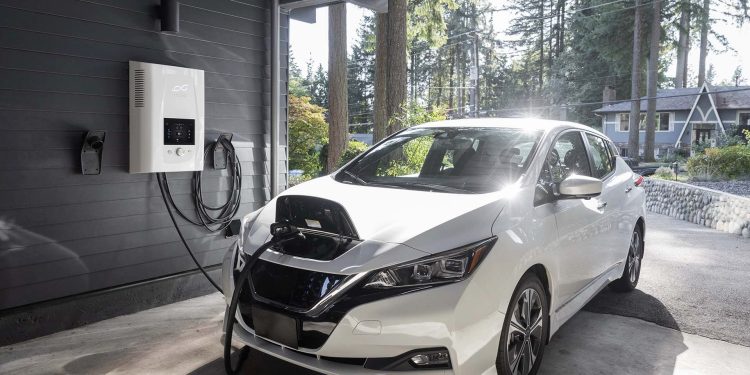EV Torque – Something to think about in election year
Words: Mark Gilbert
As we roll into 2023, there are now well over 50,000 EVs on the road here, and we’ll be approaching 60,000 soon. Electric transport isn’t the future, it’s the now.
New Zealand has quickly become a leading market globally for electric vehicles, after the Nordic countries and China. Some months of 2022 saw an electric vehicle as the number one selling passenger car here. This was unimaginable even a year ago.
For most people, it’s now cheaper to own and operate an electric car when you take into account its total cost of ownership. You’ve seen the price of petrol and diesel this year. Even if you’re an EV-sceptic, you must be wondering whether you want to continue forking out $3 a litre for petrol.
And spoiler alert… petrol isn’t going to get cheaper over the long term. Even if the global shocks subside, our local emissions trading scheme is designed to disincentivise fossil fuel use through consumer pricing. And the carbon price is only going one way.
Supporting the uptake of electric vehicles has been one of the government’s most successful environmental policies of this term. Why? Because it’s a policy that is actually delivering results. EV sales, new and used, are up and the average fleet emissions of imported cars are down by around 18 per cent. Consumer discounts and emissions standards on importers work. Let’s not mess with them.
But electric vehicles are hungry for power and they need charging infrastructure. We simply need to be generating more clean electricity here. Increasing our renewable energy supply is the classic no brainer for New Zealand’s economic and environmental future. I hope all political parties going into the election can see this as plainly obvious.
Do we want to be dependent on the world for petrol, diesel, coal, and gas? Global oil is controlled by despots and crackpots. We are a small country at the bottom of the world. We’ve seen through Covid that supply chains aren’t as rock solid as we all assumed. Let’s not be at the mercy of others. Let’s become energy independent. Let’s power our economy with our own cheap renewable energy.
From a climate perspective, let’s also be pragmatic. Decarbonising the grid leads to decarbonising our households, businesses, and vehicles. This is the most straightforward way to put a dent in our national emissions addiction. Clean electricity isn’t a pipedream – our electricity generation is already 85 per cent renewable. The energy sector itself says getting close to a 100 per cent is doable by the end of the decade if we invest now. It’s probably not smart to get to 100 per cent anyway as the cost of doing so outweighs the benefit of the additional two per cent. But it’s not just cleaner energy we need, it’s more of it. Much more. Investing in renewable energy will be a productive investment. It will bring jobs. It will power existing businesses. And it will create new opportunities.
The other missing piece of the puzzle is charging infrastructure. This was written before the Christmas break, but I’m bracing for a summer of EV owner discontent. I can sense the complaints rolling in already. There are now many more EVs on our roads but hardly any chargers. The charger roll-out is not keeping pace.
The good news is that we have an emerging competitive market and new entrants, but it’s slow going. Why? Well, there are costs of connection, costs of electricity (as supply is curtailed) and, so far, an ambiguous approach from the government. We need to get this sorted out, like yesterday.
So, here’s another challenge to those desiring control of the Treasury Benches – let’s identify the barriers to EV charging, clear them out of the way, and let those charging businesses deliver. There’s going to be a lot of hoopla this year as we enter the election amidst economic pain but when it comes to energy and transport let’s show some forward thinking and plain common sense.





